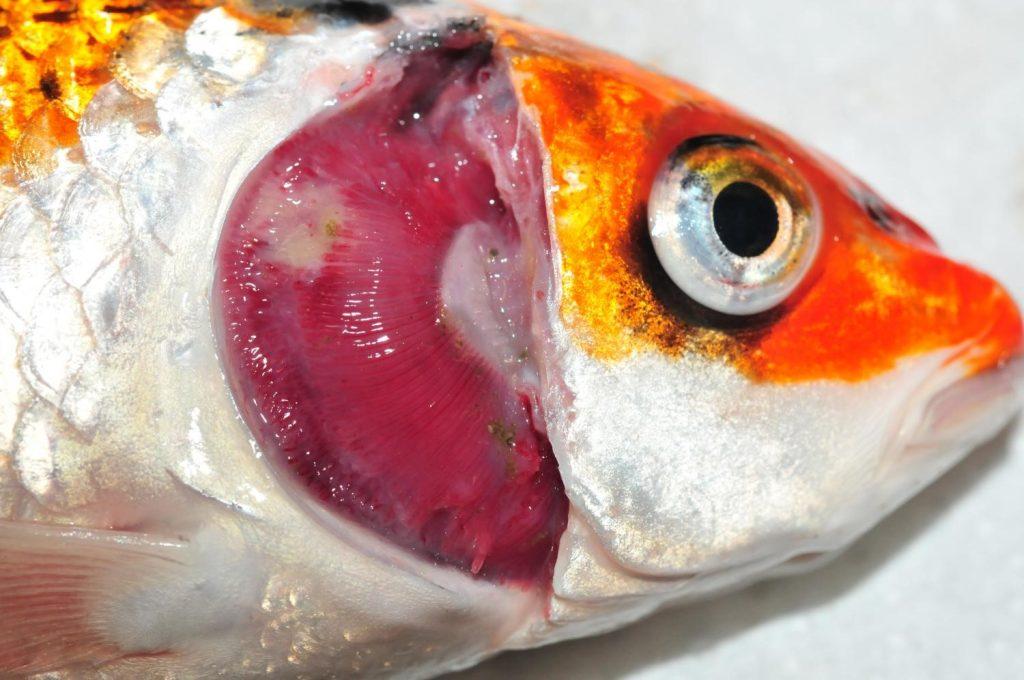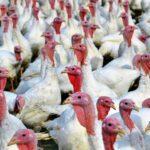Detailed Guide on the Diseases Affecting Fish Farming
There’s an ever-increasing demand for fish every day because it’s highly nutritious, economical, and palatable. There’s also a good return for fish farmers. However, fish farming businesses are at risk of loss when fish are affected by diseases. Yes, you heard that right. Fish farming, just like every other animal husbandry, is prone to diseases and infections.
This article aims to highlight the various fish diseases responsible for low production in a fish farming business. We’ve also provided the symptoms, prevention, and treatment measures for the different diseases highlighted in the article.
In fish farming, the most common underlying causes of diseases are bacteria, fungi, viruses, parasites, nutritional deficiency, or environmental factors. So, keep reading.

Diseases caused by bacteria
Diseases caused by bacteria in fish farming can affect all the stages of production, from the egg stage to the maturity stage. Check out some of the bacteria causing diseases in fish farming.
Gill disease or gill rot: Gill disease mainly affects the gills of fish. Its symptoms include discolored gills, swollen and distorted gills, and breathing difficulties.
Tail and fin rot: When a fish has tail or fin rot, it loses the color of its tail and starts to rot. There is also decaying of the fins and tail in tail and fin rot condition.
Vibriosis:Vibriosis is accompanied by ulcerative abscesses in internal organs and hemorrhagic ulcers on the fish’s skin.
Pseudomonas: Pseudomonas is a bacterial disease that can be detected by hemorrhagic lesions on fish’s skin, fins, and tails.
Columnaris disease: This disease is caused by Flavobacterium columnare. The symptoms are lesions on the skin and odd exceptions.
Other diseases caused by working in the fish farming business are Edwardsiellosis, eye disease, Mycobacteriosis, aeromoniasis, columniasis disease, Gill disease, and enteric red mouth disease.
Prevention and Treatment:
To prevent diseases caused by bacteria in fish farming, fish farmers are strongly advised to maintain proper hygiene in their fish farms. Enough spacing also helps to prevent bacterial diseases in fish farming. Use antibiotics to treat diseases caused by bacteria in fish.

Diseases caused by fungal
Fungi are another causative agent of fish diseases. Fungi can spread to the internal body systems of fishes to cause bigger problems. They affect fish at all production stages.
Saprolegnia disease: the symptoms of this disease are cotton-like growths on the body and eyes of fish. Less movement as a result of weakness is observed in affected fishes
Branchiomycosis: Also called “Gill rot disease,” this disease affects the gills of fish. Symptoms include discolored gills, necrosis of gill filaments, and lethargy.
Prevention and Treatment:
Proper sanitation in fish farming prevents diseases caused by fungi. At all times, the environment should be clean at all times, and surfaces (dead organic matter) where fungi grow should be removed and cleaned.

Diseases caused by viruses
Viruses, as the name implies, cause viral diseases.Here are a few diseases caused by the virus in fish production.
Hemorrhagic septicemia: Hemorrhagic septicemia is caused by the Piscine novirhabdovirus. Hemorrhagic septicemia is a deadly disease that causes bleeding of internal organs in fish, bulging eyes, and an oddly shaped abdomen.
Lymphocystis disease: The viral disease is accompanied by cauliflower-like growth on the skin and fins of fishes.
Lymphocystis affects the physical appearance of fish and is not much of a serious health risk as it is easily treated on the fish farm.
Prevention and Treatment:
There is no known cure for hemorrhagic septicemia, so it is best prevented. Diseases caused by a parasite
There are varying parasites that affect fish and cause reduced performance and low production. Check out some of the most popular parasites affecting fish farming.
Anchor worms: these parasites live on fishes’ skin and later burrow their heads into their muscles. Red and inflamed scales, whitish thread sticking out of the skin, and itchy skin are symptoms of anchor worm infestation in fish.
Flukes: Flukes are external parasites that affect the gills of fish. Fish that are affected by flukes have damaged gills and skin.
Gold dust disease: Also known as velvet disease, gold dust disease is caused by a parasite called oödinium pillularis or oödinium limneticum. The parasites are present in the water, but they only affect fish when they are stressed or when the water quality is poor.Symptoms of gold dust disease include yellow or golden dust on the body, difficulty breathing, loss of weight, and fin clamp. Fishes also have peeled skin, and sometimes it results in death in severe cases.
Prevention and Treatment
Quarantine new fish to prevent parasitic diseases on your fish farm. Also, remove affected fish to help stop the spread of disease. Anchor worms can be removed by pulling on the skin of affected fish and then cleaning the whole tank/pond to ensure the parasites are gone. Deworming unaffected and affected fish further guards against diseases caused by parasites in a fish farming business.

Diseases caused by deficiency or malnutrition
Fish feeds should contain all the minerals needed for the healthy growth of fish. These minerals are essential to help build and boost fishes’ immune systems to fight diseases that affect their external and internal systems.
Constipation: This is caused when fish are unable to poop. Symptoms of constipation in fish include a bloated abdomen and buoyancy problems.
Anemia: Anaemia is the shortage of red blood cells in the body. Anemia in fish farming is caused by a deficiency of folic acid in fish feed. Anemia may also be caused by infections. A noticeable symptom of anemia is pale gills.
Prevention and Treatment
All fish diseases caused by a deficiency in feed are prevented and treated by including necessary minerals and vitamins in the fish’s diet.
In Summary
To prevent diseases in a fish farm, fish farmers must practice good hygiene, ensure good water quality, and provide feed rich in nutrients. Also, fish should not be subjected to stress and overcrowding. Because consumers will only buy healthy fish, it is important to focus on raising disease-free fish for the market.




